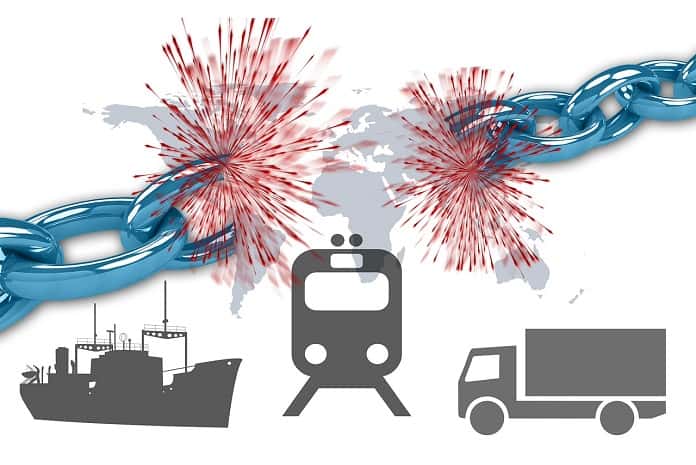By Rahul Tenglikar, Regional Director- India, Neo4j
An efficient supply chain is at the core of any business since it impacts multiple other consequent processes of a business. While industries have always been looking at enhancing supply chain management and making it more efficient, the pandemic put a grinding halt to these efforts. Supply chains were disrupted and so were businesses.
With companies looking to diversify their supply chains, India has an opportunity to emerge as a preferred manufacturing destination for global companies. Additionally, Indian companies also rely on global supply chains for procurements and are highly exposed to social and geo-political disruptions. Therefore, for India to continue as one of the fast-growing economies in the world, it is even more crucial that our logistics and supply chains are resilient and agile.
Customer experience, product inventories, billing costs, warehouse stocking, distribution & delivery hiccups, labor shortages, last-mile efficiencies, product traceability etc. – all these activities and issues make supply chains more complicated and multi-layered. The pandemic only made them more unpredictable and complex. Today, what businesses therefore need is clear visibility across all tiers of a supply chain and a smooth response mechanism in case of any issues.
Knowledge graphs to the rescue
Knowledge graphs are proving to be very efficient in modeling analyzing the highly complex interdependencies to ensure seamless management in addition to transparency and security. They are not only helping in achieving visibility in supply chains but also are providing the base for actionable insights generation.
A knowledge graph is an interconnected dataset that is enriched with meaning so users can analyze the underlying data and use it for complex decision-making. This is very important for supply chains as a knowledge graph can provide an in-depth view of all key information such as products, suppliers and facilities. They help make smart, structured, and predictive decisions.
Supply chains are multi-dimensional, and their tech stacks are often not capable of managing large amounts of data or providing insightful analytics. With traditional frameworks, it is very difficult to understand the connections between products on a production line or the ones yet to be shipped. This is when knowledge graphs on a graph platform come into play.
Graph technology works faster than traditional platforms in helping uncover hidden patterns and relationships, connecting various elements, traversing those elements in knowledge graphs at a faster pace.
Graphs are also easily scalable and can manage large volumes of data without compromising the security of the data at any point. It provides real-time applications, transaction transparency, and supporting graphs for distribution analysis, among other things, to help companies find quick solutions and make effective decisions.
For instance, companies must often recall goods in case of a hazard or contamination, and they end up spending a lot of money on the entire identification and verification process. Knowledge graphs on the other hand can easily detect issues that occur on variables that are dependent on each other, thereby improving the entire recall management process as well. A graph platform also expedites query response compared to traditional relational software. This speed and elevated response time become very critical in an increasingly competitive market.
To give you an example, a major Japanese automaker, struggling with quality at the assembly line, built a knowledge graph that delivers metadata at scale and speed, through which its factory teams get comprehensive lifecycle data support. The result is a 5% increase in production efficiency and a 20% reduction in the time needed to get cars to the showroom.
Creating digital twins using knowledge graphs
Graph technology can help create digital twins of complex and multi-layered processes like a supply chain. Graph-based digital twin knowledge graphs create a connected virtual replica of the supply chain, giving companies a detailed view of all the products, suppliers, and facilities in that supply chain, along with the relationships between them.
Consumer demand has revived, and manufacturing activities in India have started gaining strength post the latter half of 2021. The Indian e-commerce industry grew at 5 percent y-o-y with an approximate revenue of $56.6 billion in FY2021. As businesses come back on track, they must tap the value that technologies such as knowledge graphs can add to their processes. For growing markets such as India, these technologies can play a crucial role in giving companies a competitive edge and accelerating economic growth.















The site is very rich in important and valuable information.